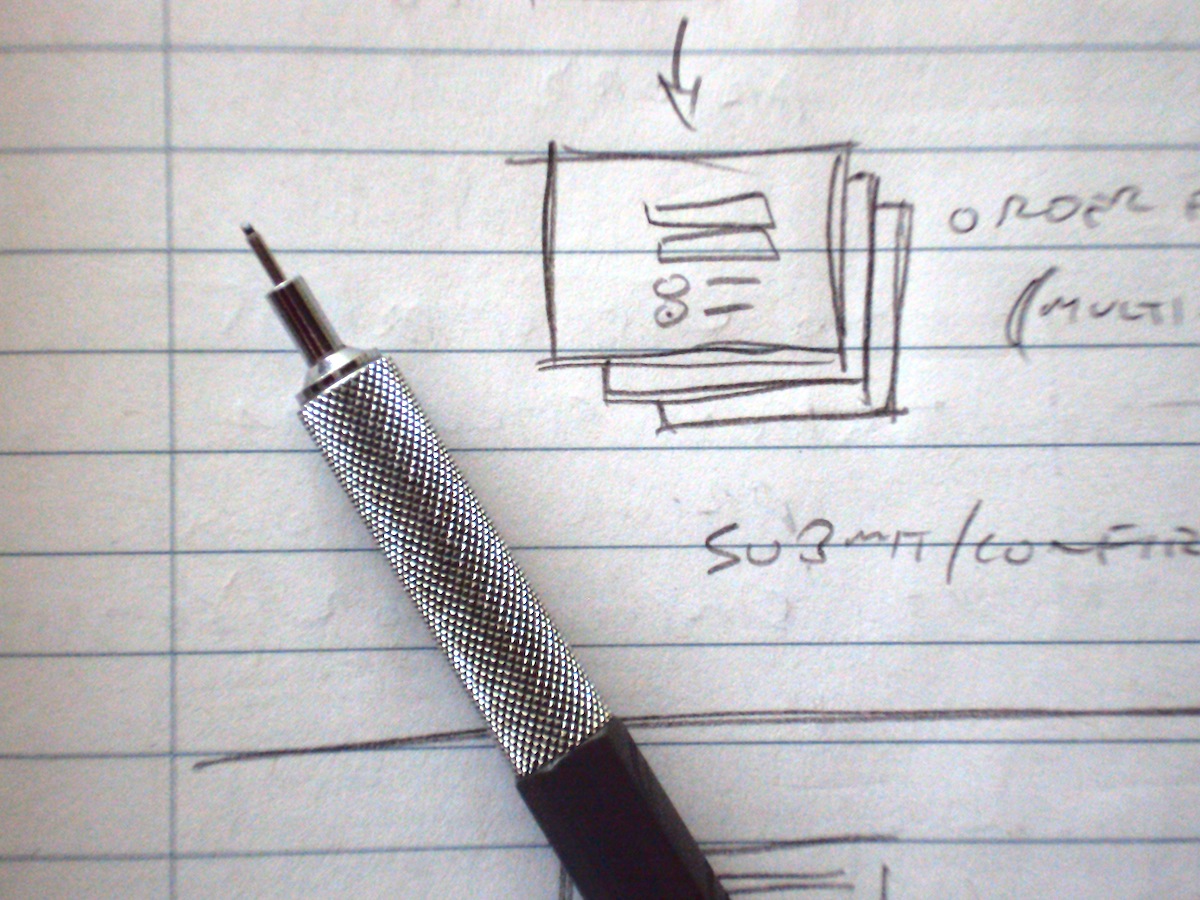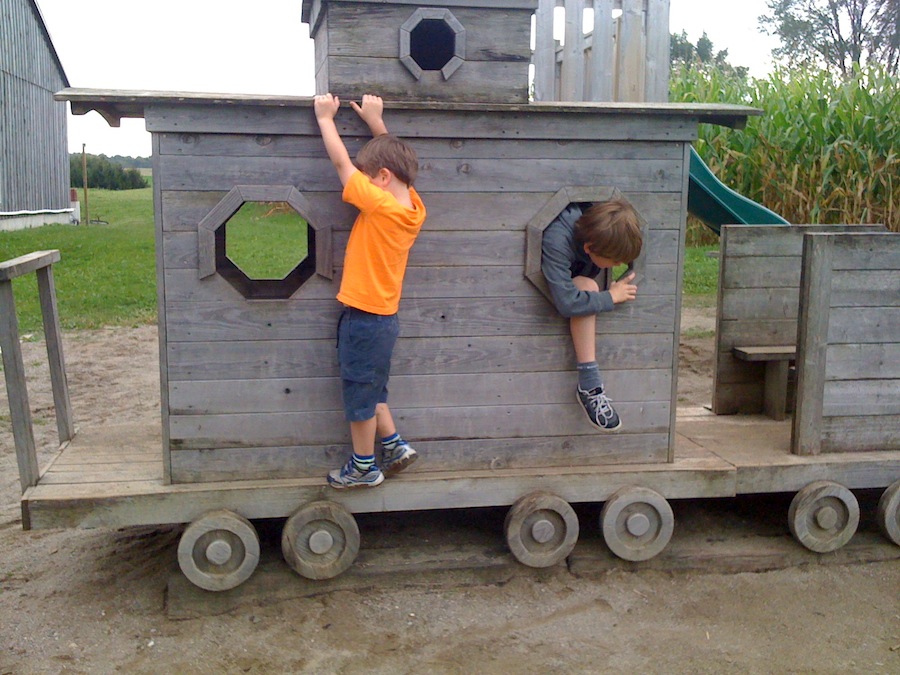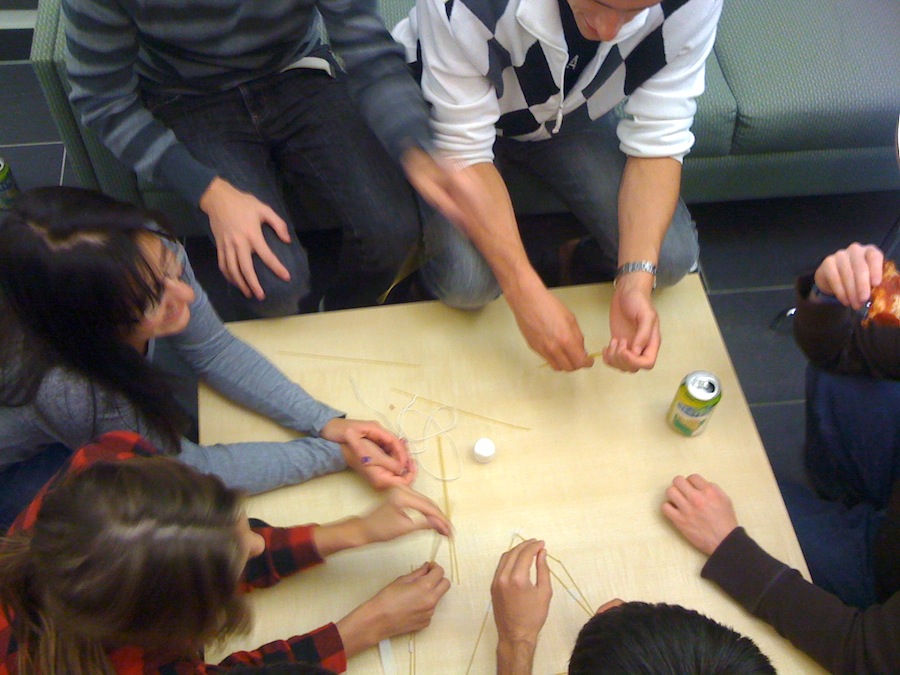
I sometimes have conversations with designers, and non-designers, about tools used in designing for user experience. While I’ve used many software tools over the years, such as the venerable Adobe Photoshop, some folks are mildly surprised to hear that my primary design tool, one that I use every day, is the decidedly humble pencil.
A pencil is simple, highly portable, reliable, and works well for a number of tasks. My main pencils are mechanical ones that takes .5mm leads. I’ve found that .3mm leads are too thin for my often-heavy hand and easily break. I also have a pencil that uses .7mm leads, but I don’t use it as much.
The primary, though not sole, design task that the pencil supports occurs early in the design process. Ideation involves a lot of generation, exploration, and development of ideas. The pencil is the tool that enables me to capture my visual thinking quickly. Whether used to create tiny thumbnail pictures of a screen’s overall layout, or for capturing more details on a form design, a pencil enables me to get the job done quickly. The drawings are often pretty rudimentary and ugly, but that’s fine for capturing my visual thinking for my own use. For sharing ideas I usually render the visuals in a more refined way.
A companion tool much of the time, particularly when at work, is a 7.5 inch by 9 inch notebook. Sometimes, though, I’ll switch to a larger pad of grid paper. When I’m away from the office or home, I use a smaller Moleskine notebook, which has a lovely tactile quality as well as paper that takes pencil marks quite well. Really, though, any small notebook would do.
In addition to my mechanical pencil, I also use wood-cased coloured pencils for various reasons and at various design stages. They’re a little messier, as they need periodic sharpening and the leads are more prone to breaking, but I like them. I’ll use colours to lightly shade areas in a pencil sketch to help me easily pick out major features at a glance, or use a heavier coloured line to call attention to a particular feature.
As an aside, one of my favourite books is The Pencil, by Henry Petroski. It’s a great read that explores the nature of engineering and product development via an engrossing story of the history of the pencil.






